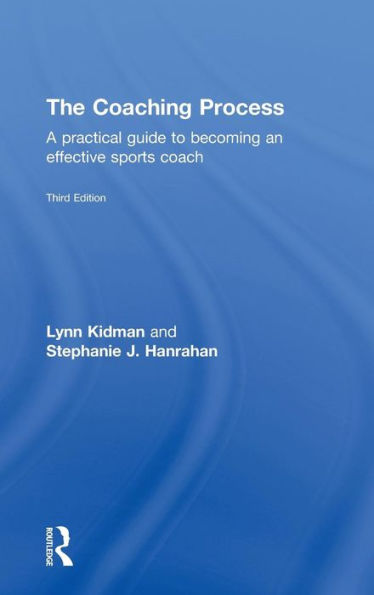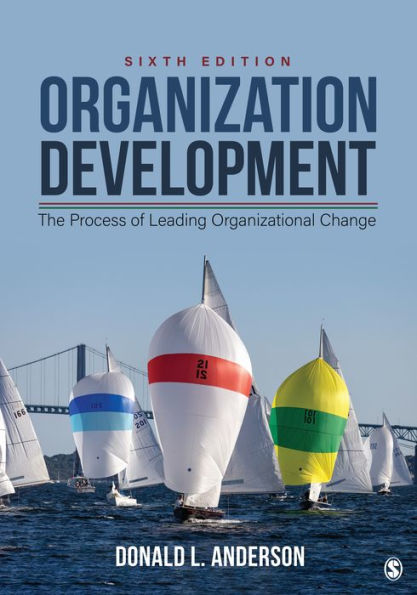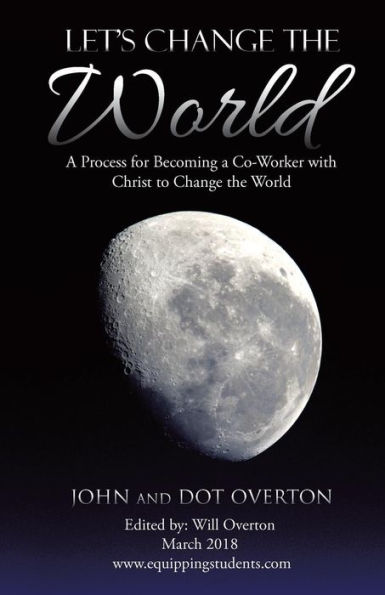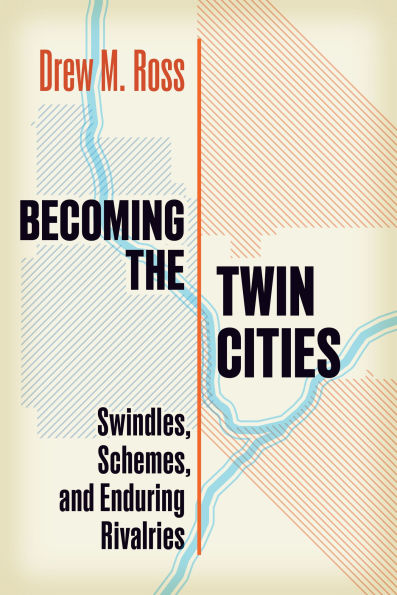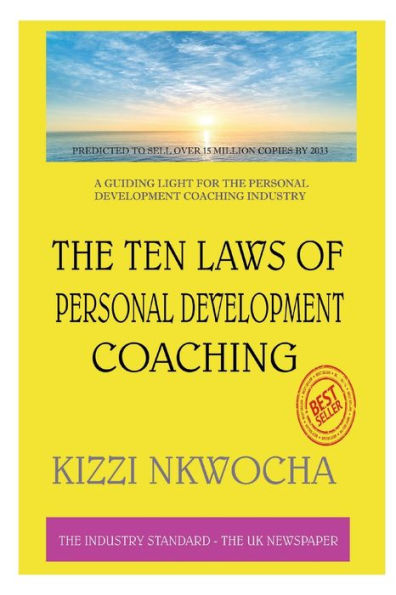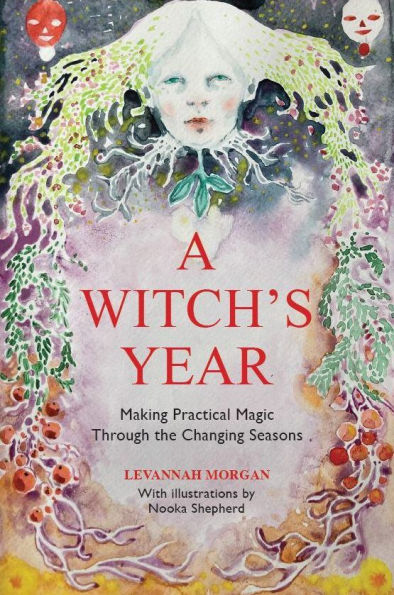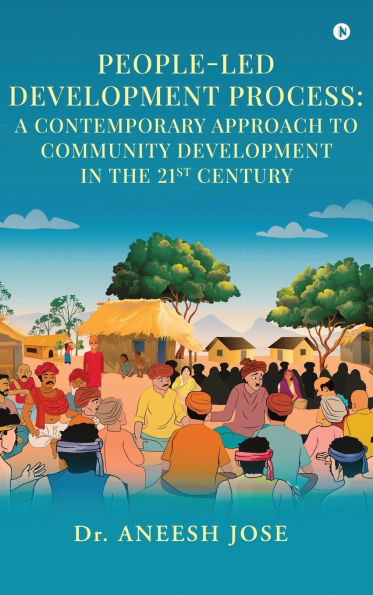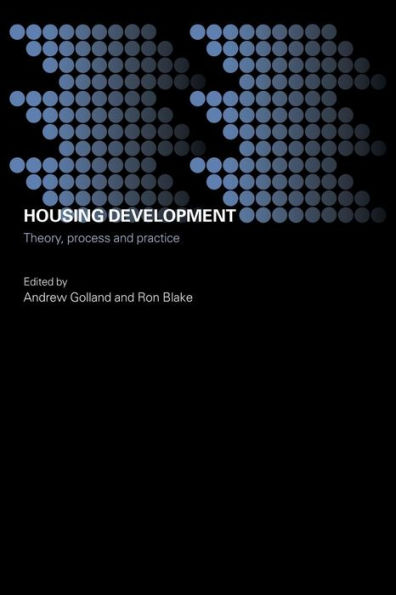Home
Becoming Rivals: The Process of Interstate Rivalry Development
Barnes and Noble
Loading Inventory...
Becoming Rivals: The Process of Interstate Rivalry Development in Bloomington, MN
Current price: $200.00

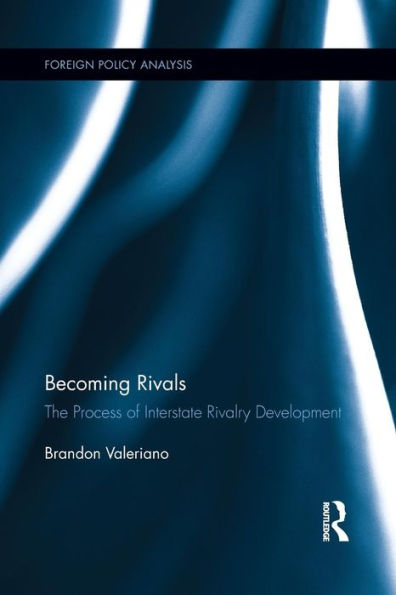
Becoming Rivals: The Process of Interstate Rivalry Development in Bloomington, MN
Current price: $200.00
Loading Inventory...
Size: Hardcover
Rivalries are a fundamental aspect of all international interactions. The concept of rivalry suggests that historic animosity may be the most fundamental variable in explaining and understanding why states commit international violence against each other. By understanding the historic factors behind the emergence of rivalry, the strategies employed by states to deal with potential threats, and the issues endemic to enemies, this book seeks to understand and predict why states become rivals.
The recent increase in the quantitative study of rivalry has largely identified who the rivals are, but not how they form and escalate. Questions about the escalation of rivalry are important if we are to understand the nature of conflictual interactions. This book addresses an important research gap in the field by directly tackling the question of rivalry formation. In addition to making new contributions to the literature, this book will summarize a cohesive model of how all interstate rivalries form by using both quantitative and qualitative methods and sources.
The recent increase in the quantitative study of rivalry has largely identified who the rivals are, but not how they form and escalate. Questions about the escalation of rivalry are important if we are to understand the nature of conflictual interactions. This book addresses an important research gap in the field by directly tackling the question of rivalry formation. In addition to making new contributions to the literature, this book will summarize a cohesive model of how all interstate rivalries form by using both quantitative and qualitative methods and sources.
Rivalries are a fundamental aspect of all international interactions. The concept of rivalry suggests that historic animosity may be the most fundamental variable in explaining and understanding why states commit international violence against each other. By understanding the historic factors behind the emergence of rivalry, the strategies employed by states to deal with potential threats, and the issues endemic to enemies, this book seeks to understand and predict why states become rivals.
The recent increase in the quantitative study of rivalry has largely identified who the rivals are, but not how they form and escalate. Questions about the escalation of rivalry are important if we are to understand the nature of conflictual interactions. This book addresses an important research gap in the field by directly tackling the question of rivalry formation. In addition to making new contributions to the literature, this book will summarize a cohesive model of how all interstate rivalries form by using both quantitative and qualitative methods and sources.
The recent increase in the quantitative study of rivalry has largely identified who the rivals are, but not how they form and escalate. Questions about the escalation of rivalry are important if we are to understand the nature of conflictual interactions. This book addresses an important research gap in the field by directly tackling the question of rivalry formation. In addition to making new contributions to the literature, this book will summarize a cohesive model of how all interstate rivalries form by using both quantitative and qualitative methods and sources.
